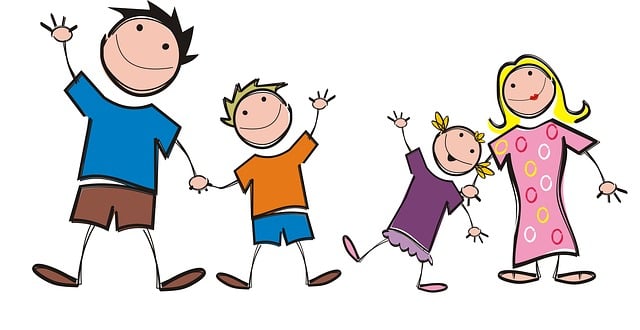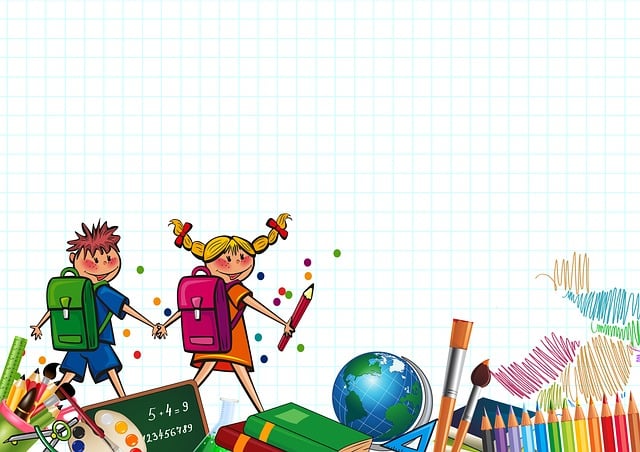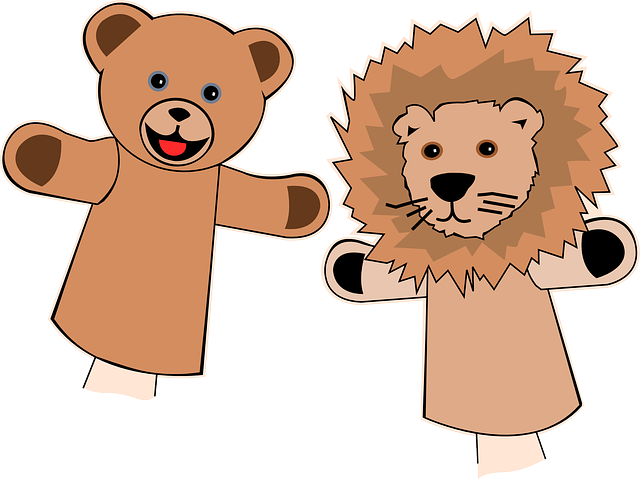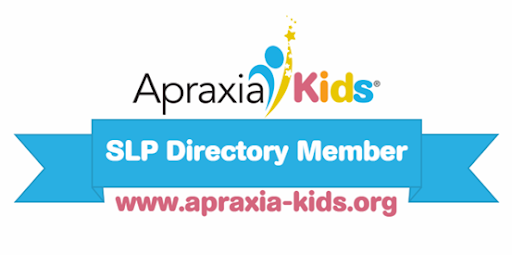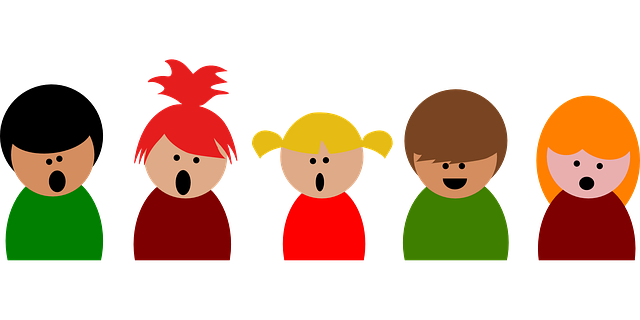
Prelinguistic Skills
PrelinguIstic skills are ways that children communicate without using words. They are good indicators of a child’s readiness to begin talking. Children who demonstrate these abilities appropriately are ready to begin communicating using sounds and words. *Attention abilities: A child’s ability to pay attention to a particular activity or person is relative to his/her age. Between 13 to 24 months a child should gradually develop the ability to sustain their attention for a few minutes to a preferred activity. If a child is unable to pay attention to a toy, they will likely demonstrate difficulty listening to the sounds and words their communication partner is saying in order to repeat them later. *Play Skills: Children learn by playing, so their ability to play appropriately is essential In order to learn to

